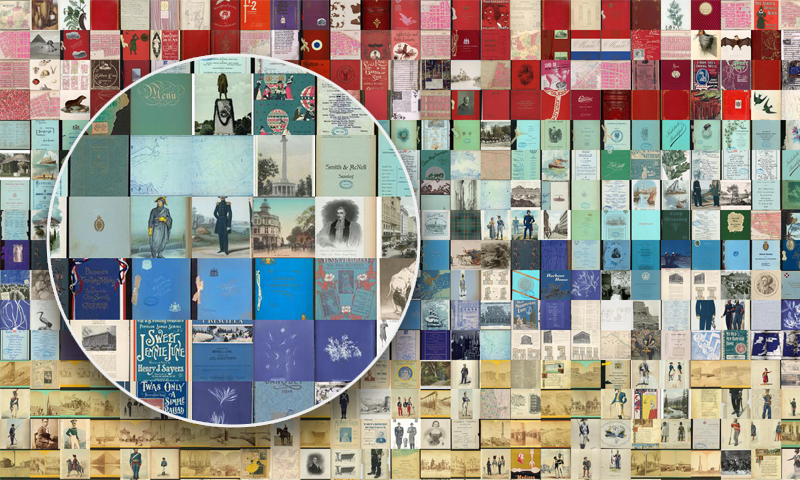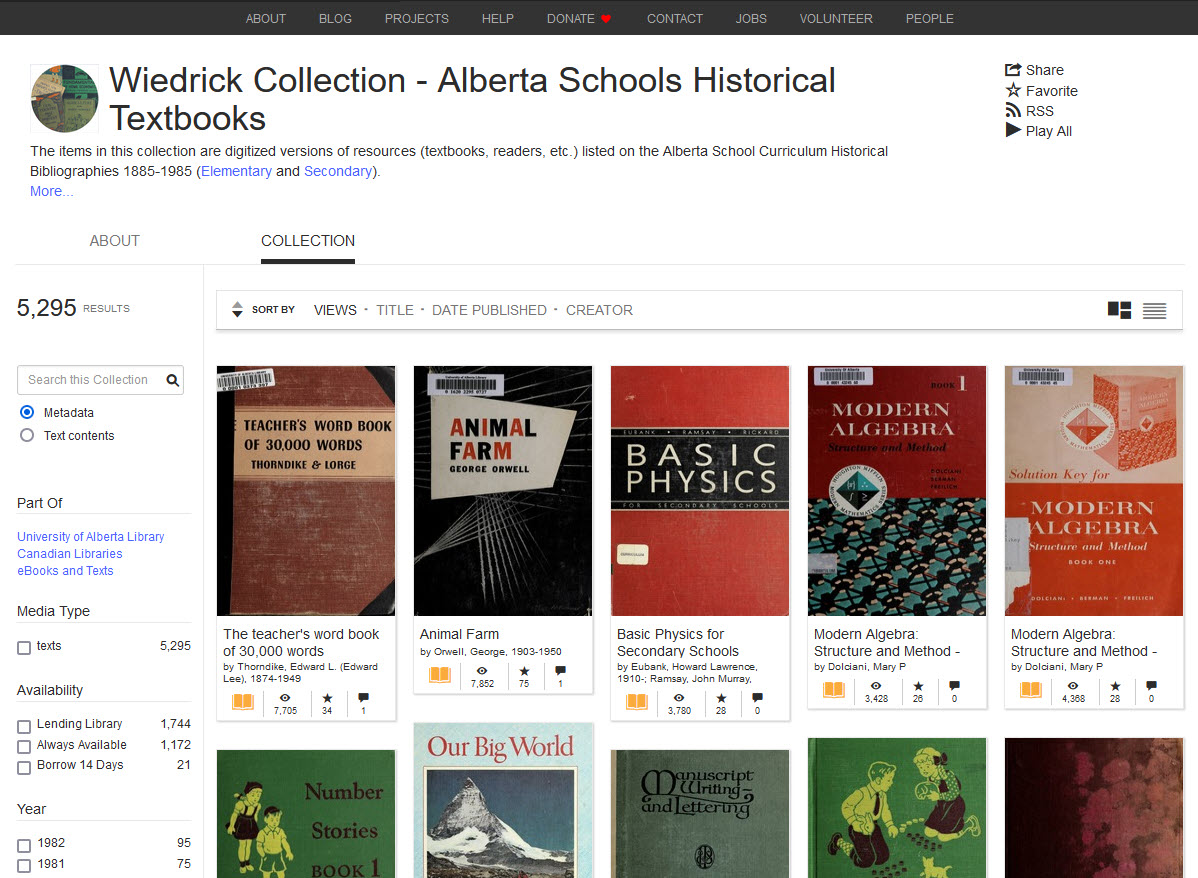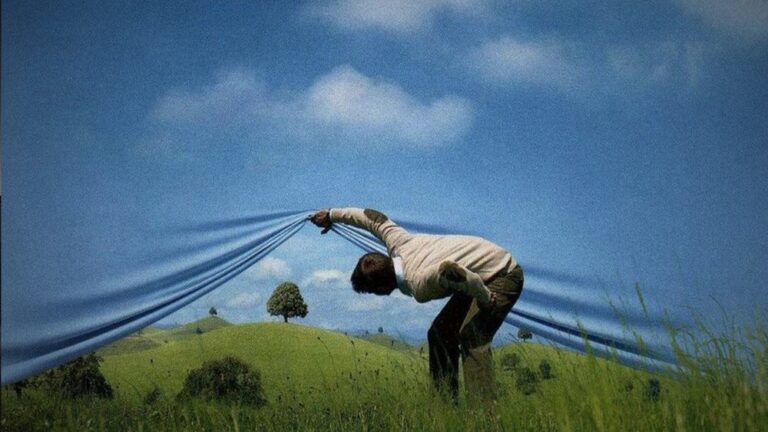Robert Kline, co-author of the 1983 Ready Writing Handbook, was a linguist in the English Department during the 1960s and 1970s.
I know a little about his scholarship, and I came across an article he coauthored with W. Dean Memering for the NCTE Research in the Teaching of English in the Fall, 1977 (V. 11, no. 2), pp. 97 - 110. The title was "Formal Fragments: The English Minor Sentence." It was about sentence fragments.
The article identifies sentence fragments (sentences without verbs used sparingly in writing) and inquires about their advisability in writing by consulting the rhetoricians. The list of authors, publishers, and titles is instructive as a glimpse into the writing authorities of the mid-1970s in the U. S.
Here is a list of those authors:
James Bell and A. A. Cohn Handbook of Grammar, Style, and Usage, 1972
Cleanth Brooks and Robert Penn Warren, Modern Rhetoric, 1972
Janet Emig, The Composing Processes of Twelfth Graders. 1971
William Irmscher, The Holt Guide to English Language and Writing, 1972
https://archive.org/details/holtguidetoengli0000irms/page/n7/mode/2up
Kenneth Macrorie, Writing to be Read, 1968
James McCrimmon, Writing with a purpose, 1972
Richard M. Weaver, A Rhetoric and Composition Handbook, 1974
Just reading those titles takes a person back to those days. I was there, because in 1968 my first job as as the librarian in the Freshman English Library, a small room filled with literature and composition textbooks donated by professors as a resource for composition scholarship.
My job was checking out books. I was work study, which meant I had to put in a designated number of hours per week on the job. My hours were the hours of the library. I don't think I ever checked out a book, but I was ready, with an arcane method of recording times and a date stamp. The only customer I ever had was David Delora, who one day showed up in the library, scanned some books, and left. He was my sophomore English teacher my first year.
But the point of the authors mentioned in Kline's consultation of rhetoricians, is its representation of how writing was thought of at that time: the purview of informed and influential textbook writers whose work was peddled to professors by textbook representatives in their offices. The books they didn't use ended up in the library. Under my watchful eye.
Maxine Hairston brought one of these authors up during her presentation at an English 398T colloquium on teaching. She mentioned Carl Rogers as a scholar who had something new to contribute to the teaching of composition. I remember her mentioning it in her talk. "The only new thing," she said.
Point: Teaching writing was dominated by authoritative figures who dominated the textbook market.
What was new? Research in writing. It was being done at all times back then by the NCTE and CCC, but it wasn't the priority. While there were studies done of composition, the influence of social science methods had not been felt and large-scale, well funded projects were not underway. Except for one. I came across it because Kinneavy had a whole file devoted to it in his file cabinet.
This was a study done by Richard Young and Frank Koen entitled, "The Tagmemic Discovery Procedure An Evaluation of Its Uses in the Teaching of Rhetoric." This 174-page study was funded by the NEH and published in ERIC in 1973. It came from the University of Michigan and the Acknowledgements is a "who's who" of UM writing giants: Dwight Stevenson, Peter Klaver, and Thomas Sawyer. It may have been part of the birth of the writing across the curriculum movement that was dominant during the 1970s and 80s.
This study was different because it was real research into the teaching of writing. It represented the ascendancy of research as a counter to the big names that Kline mentions, who dominated the intellectual world of composition scholarship. The characteristics of that older world were pedagogies based on grammatical and linguistic elements, syntax and style, genre and form, wisdom and aphorism, dogma and stability. That older world, in its prime during the 1930s, 40s, and 50s was male, published, authoritative, and based on assumptions of class and privilege.
It was pre-baby boom. It came before the exploratory impulse that grew out of social movements, demonstrations, ecological politics, social rebellion, and counter-culture mentality. It represented the tweed and pipe crowd that preceded the button-down, bell-bottom, wide collar nerd professors that I encountered in 1968.
If we look, then, at the tone and approach of the two Ready Writing handbooks, we can see these two ethos represented in the approach, diction, and mentality that they represent. Stewart, for example, bases his advice on the teachings of Mark Twain: "Murder your pets," a phrase he repeats with emphasis like a bumper sticker in the last few pages of his handbook. The phrase is like a key that he is handing over to the new generation of cool, collected young men whom he hopes he will dominate the contest. but without struggling. These are writers who he counsels not to be as arrogant as to go into the contest to win. "Wear your learning as you should your clothes, without ostentation or parade, naturally." To him, winning is an attitude that the cultured young contestant maintains. He writes,
Don't use a seventy-five cent word when you can get the meaning you want with a ten-cent word. This does not mean, of course, that you should give up enriching your vocabulary. It is just a caution to remind you that one has to possess wealth of any kind a long time before it becomes natural to him. We all laugh at the man who goes about showing off his first dollar, or even his first million; after wealth has become natural to him, he can use it without arousing comment. It is the same with words. (p. 16)
The advice here is allusive to the culture of comfortable assumptions, confident restraint, and and knowing acknowledgement of success.
The Kinneavy approach is very different. It begins with rules and dives straight into the mechanics of types of writing. It is Aristotelian in its analytical approach much more than its prescriptions of rhetorical devices, although there are many of those. Above all, it is a formula for winning and it makes no assumptions about dress. It calls for "original and fresh thinking" more than once. The stylistic advice is not something handed down from authority, but found in the winning essays, which are quoted as examples and included in the handbook. Learning from peers, originality and independence, and suitability to argument make up the theme of the stylistic advice of the revised handbook.
Because Kinneavy was the more well known author of the revised handbook, his influence may, for some, overshadow our understanding of the contribution of his co-author. Kline's work in linguistics (sentence fragments) reminds us of the dominant thinker approach that we often find as a hold over of 50s thinking, a mort main on the energetic independent ethos that was all the rage in academia in the late 60s.
Kline's understated, indirect and almost accidental role also reminds us of a larger shift that was going on at the time that we might not even see. I didn't see that shift, partly because I basked in the authority of "rhetorics" in the deadly quiet, Freshman English library on the third floor of Parlin hall on those sleepy Tuesday and Thursday afternoons. That room provided me with my first key, and my first academic desk and gave me my first role in the academic world I was later to inhabit.
But the profession was changing in ways we only see now and now only partly. That shift is from originality and insight supported by social structures of exclusivity and wisdom to a vigorous questioning, aimed at seeing education as a problem to be solved and research as the ticket to it. Funded research became, over time, the watchword, the new ticket to academic life. We see it in the transformations of universities, transformations that started 20 years ago with financial re-structuring, and we now see in state allocations based on research revenue, tuition income, and big dollar projects.
At the time, a project like the Tagmemics project funded by the NEH was rare; now it is expected. The culture of reserve, academic autonomy, endowment security, and historical inevitability was at its maturity. Information democracy, technological expediency, transparency of pedagogy, and accountability had only begun to make its way into our thinking.
It made its way into the Ready Writing Handbook in ways that you can only see by listening to the words rather than reading them. Kinneavy and Kline write, "the wining essays tend to be fairly rich in allusion," they "...seem to be sprinkled with effective figurative use of language." The advice asks the reader to see for him or herself.
"The allusions are nearly always used to support a point being made and therefore are usually relevant to the essay's theme. The allusions are ordinary either to personal experience, or to historical examples, or to instances taken from literature." (p. 34)
Advice like this invites the reader and does not challenge. It asserts basic functionality and practicality; less on expectations and conformity. It doesn't offer a key, but opens the door.












